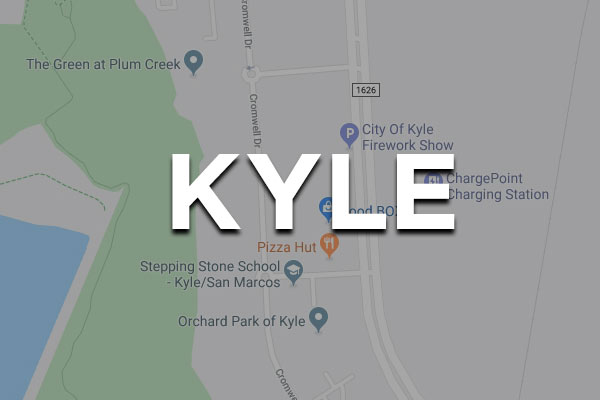
What does your car’s exhaust smoke color mean? This quick guide will help you know what the different exhaust smoke colors mean and when it’s time to seek automotive repair services at a shop in Texas! Read on to learn more about common car exhaust smoke colors and what they mean.
Blue Smoke
If you’re wondering if your vehicle has a problem, there are a few things to look for. One is blue smoke coming from your exhaust pipe, which indicates that your engine is burning oil. This happens when you burn more oil than usual; it could be because of faulty rings or valve seals or other parts that need replacing. If you see blue smoke regularly (such as every morning), it’s likely that something needs replacing; otherwise, it shouldn’t happen frequently. Another cause of blue smoke is rust from an old catalytic converter. Blue smoke on occasion won’t harm your car immediately, but regular occurrences will degrade performance over time by using up necessary resources like oxygen and fuel needed to go faster or further before refilling gas tanks.
Black Smoke
This is a sure sign that something is seriously wrong. Black smoke usually results from oil burning, which happens when there’s not enough air for fuel to burn completely, or when excessive amounts of fuel are present. It can also be caused by mechanical issues with your engine. Either way, you should stop driving and check under your hood right away. The best thing to do in case of black smoke is to find a safe place to pull over and call for help.
Gray Smoke
This is normal exhaust smoke. It’s actually water vapor. If you see gray, blue or white smoke when you look at your tailpipe, don’t worry; it doesn’t mean anything is wrong with your car. The color of gray smoke comes from unburned hydrocarbons (HC) in oil; HCs are present in minute amounts in combustion gases of all internal combustion engines. When catalytic converters were introduced on passenger cars to reduce emissions, unburned HC concentrations in exhaust fell quickly because modern catalysts convert nearly 100% of these compounds into carbon dioxide and water. The presence of hydrogen sulfide gas in car exhaust may give rise to a visible plume that has a ‘rotten egg’ smell.
White Smoke
Your engine has an air-fuel mixture that is too rich. This can be caused by a leaking fuel injector or faulty fuel pressure regulator, or it could be because of an incorrect oxygen sensor reading. The white smoke means there is too much fuel for your car to burn; therefore, some of it ends up in your exhaust pipe. If you don’t get it fixed soon, you will have damage to your catalytic converter(s). A clogged converter can lead to expensive replacement work. So if you see white smoke coming from your tailpipe, bring your vehicle into a shop right away.
In Conclusion
Catalytic converters use platinum and palladium to convert gases into less harmful chemicals, but eventually they run out of those metals. In some areas, car owners can request a renewal inspection at their local DMV—but not all states have one—where experts will confirm whether it’s time for a new one. Some vehicles may emit both white and blue smoke occasionally due to overheating under extreme conditions such as mountain driving or heavy loads that require large amounts of torque to move. If you have any concerns about your car’s exhaust, it’s always best to discuss with your local mechanic to get an professional opinion.
Engine Diagnostic Services in San Marcos, Tx
If you are noticing any signs of your vehicle needing engine diagnostic services, its best to take it in to one of the trustworthy auto repair shops in San Marcos, Tx such as Reliable Automotive. We can help you with anything from diagnostic services to an oil change all at your convenience in San Marcos, Tx. Give us a call or visit our website today!
Book Appointment






